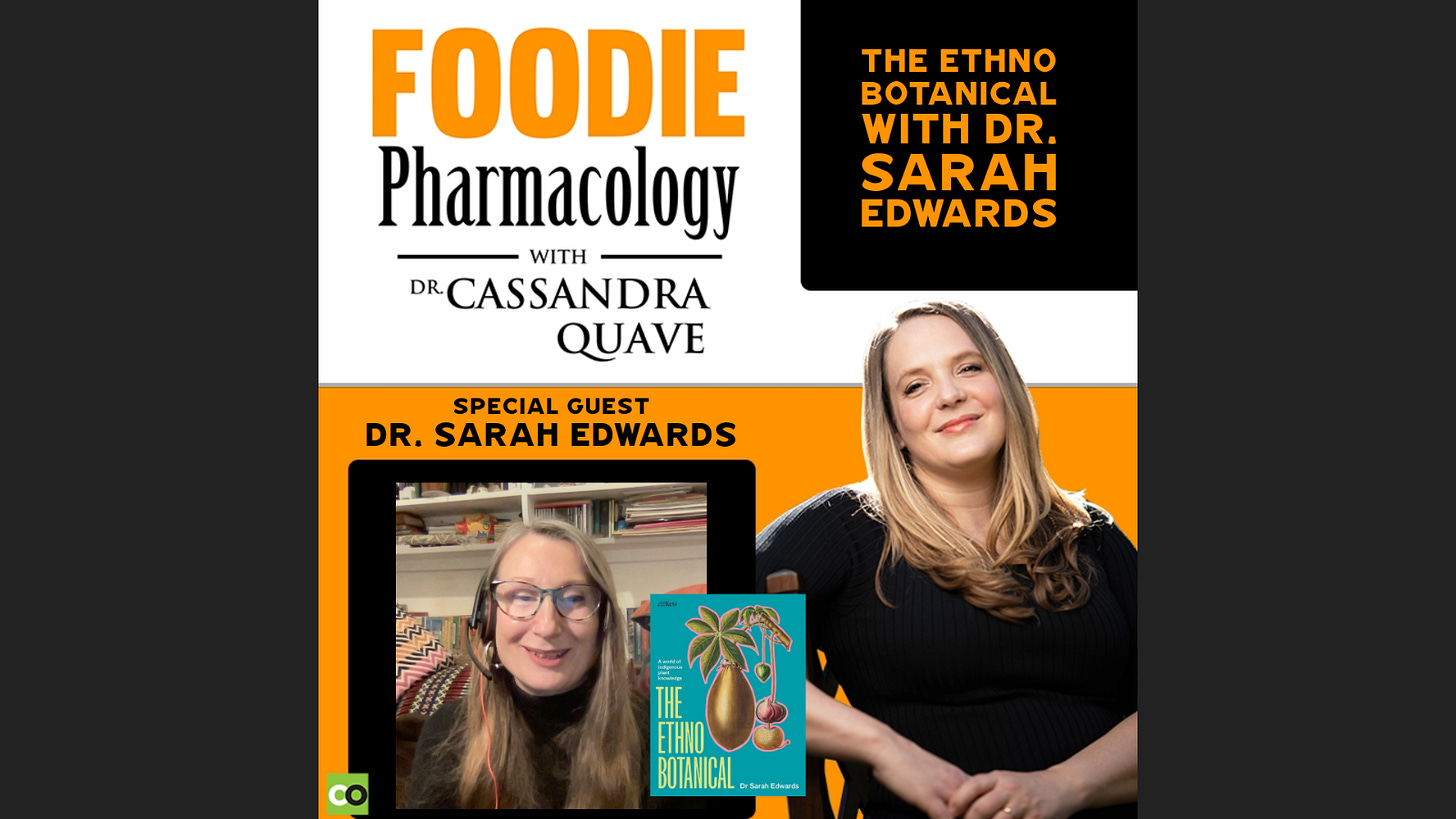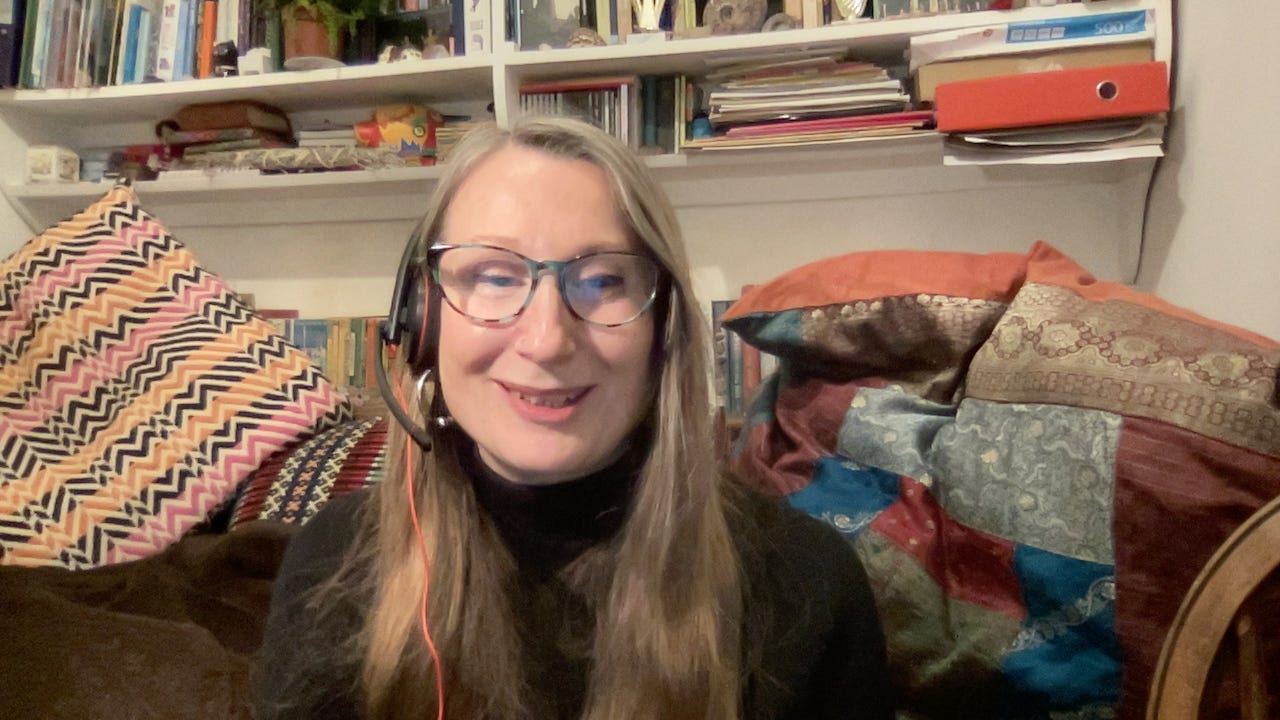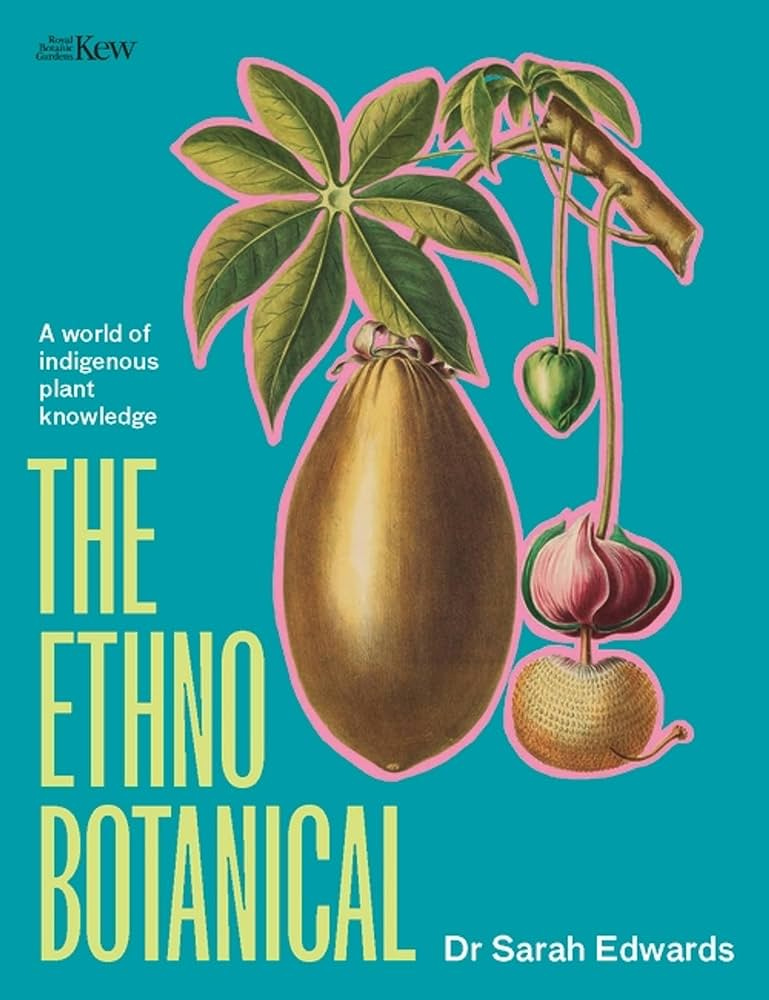🎧 The Ethnobotanical with Dr. Sarah Edwards
Join Dr. Quave and Dr. Edwards as they examine the connections held between people and plants!
Our world is full of fascinating plants, many with deep-rooted historical and cultural significance. In this episode of Foodie Pharmacology, Dr. Cassandra Quave discusses the significance of ethnobotany with guest, Dr. Sarah Edwards, an ethnobotanist and biodiversity informaticist at the University of Oxford. Edwards is author of a new book, “The Ethnobotanical” (Kew Publishing/ Quercus Book). She shares her journey to becoming an ethnobotanist, from a lucid dream about Australia to working with First Nations communities in the Northern Territory and Cape York Peninsula. The conversation delves into the crucial role of ethnobotanists in the face of ecological crises, the importance of land rights, and the fascinating connections between various plants and human culture.
Access a summary of this Foodie Pharmacology episode at the bottom of this post. This special feature is available to paid subscribers of the Nature’s Pharmacy newsletter.
About Sarah
Sarah is an ethnobotanist and biodiversity informaticist currently based at the University of Oxford, where she teaches ethnobiology and biological conservation and is also plant records officer for Oxford Botanic Garden and Arboretum. She began her career as a botany graduate working at the Royal Botanic Gardens, Kew. A lucid dream led her to Australia and embarking on becoming an ethnobotanist, working with First Nations communities in the Northern Territory and Cape York Peninsula. A recipient of the Lawrence Memorial Award from the Hunt Institute for Botanical Documentation, Carnegie Mellon University (2003), Sarah was awarded a PhD in Medical Ethnobotany from the London School of Pharmacy (now UCL) in 2006. Following two postdoctoral research projects at UCL, Sarah returned to Kew to work on the Medicinal Plant Names Services (MPNS) project. More recently Sarah has collaborated with artists and farmers in South Wales and with the London Borough of Richmond Arts Service. She is also a Board member of the British Herbal Medicine Association (BHMA).
Sarah is an author of several publications, including the books “Phytopharmacy: An Evidence-Based Guide to Herbal Medicinal Products” (Wiley 2015) and the beautifully illustrated “The Ethnobotanical”, recently published by Kew Publishing/ Quercus Books
Listen to the interview
Listen to the podcast on any of your favorite podcast streaming services. Subscribe to Foodie Pharmacology to access new episodes weekly! If you enjoy this and other episodes, let me know! Give is a 5-star rating on Apple Podcasts so others can find it and enjoy!
Watch the video
Available exclusively on the Teach Ethnobotany YouTube Channel, you can catch the full video version of this episode and others! Enjoy!
Yours in health, Dr. Quave
Here is the episode summary, available to Nature’s Pharmacy paid subscribers:
The Ethnobotanical Journey
Dr. Sarah Edwards, an ethnobotanist and biodiversity informaticist, currently teaches ethnobiology and biological conservation at the University of Oxford in England. Additionally, she serves as the plant records officer for the Oxford Botanic Garden and Arboretum. A journey down cognitive corridors of dream and desire led Dr. Edwards to establish her career in Australia, where she worked closely with First Nations communities.
During our conversation, Dr. Edwards dives deep into what it truly means to be an ethnobotanist, which is studying the dynamic interplay between people and plants, mediated through socio-cultural lenses. Ethnobotanists often investigate the uses of plants, how they relate to them, their perception by the people, and even land management techniques.
Intertwining Human Survival with Plants
Dr. Edwards emphasizes the importance of traditional land management practices that have sustainable houses embedded within them. Many indigenous peoples see themselves as part of this extended kinship network where they are all interconnected beings. Importantly, they also perceive their relationship with plants as caring for kin, which results in a stronger, symbiotic bond.
According to Dr. Edwards, there needs to be a shift in perspective. As she suggests, science is finally acknowledging that there is indeed sentience in other living beings, such as plants. Remarkably, plants communicate through the chemicals they emit, a kind of phyto-semiotics, that can ignite curiosity and foster a deeper understanding of our natural world.
These traditional yet lifelong experiences and practices hold valuable lessons in an era of ecological crises. Dr. Edwards underscores the importance of indigenous people's role in biodiversity conservation; despite representing only about 5 percent of the global human population, they are the stewards and guardians of 80 percent of Earth's biodiversity.
Walking the Land with Dr. Edwards
Dr. Edwards also recalled her work with a Welsh farming family who care for their land much as an indigenous tribe might. Her explorations of various plants on their property— such as the evening primrose, an North American plant— and the connections she makes to their historical and present-day uses, underline the universality of people-plant relationships across the globe. Moreover, she details how some invasive plants, such as the Himalayan balsam, can actually contribute positively to the landscape by removing heavy metals from the soil.
Introducing "The Ethnobotanical"
Dr. Edwards has encapsulated these stories and more in her new book, "The Ethnobotanical." To round off her ethnobotanical journey, she shared how she was able to write this book through collaboration with Kew Gardens, shedding more light on our understanding of how plants and people are connected. The book tells stories of intertwining plant-human stories from various societies and epochs, illuminating those often-overlooked historical and contemporary intersections.
By understanding, appreciating, and protecting these sacred connections, we pave a compassionate path towards a more sustainable and inclusive ecosystem.







